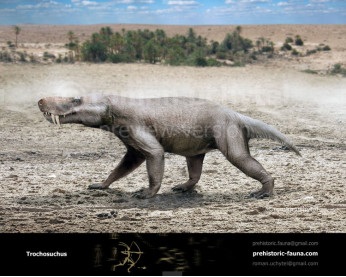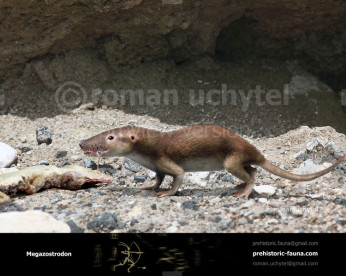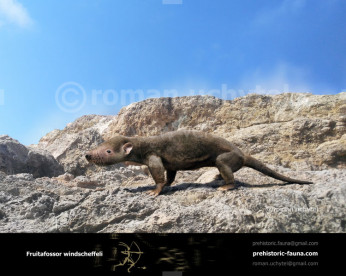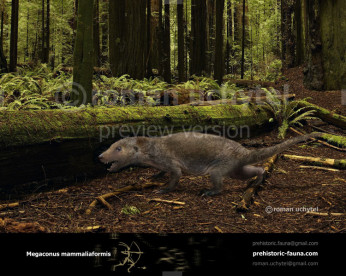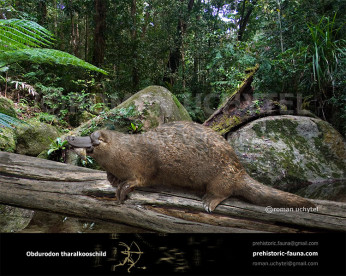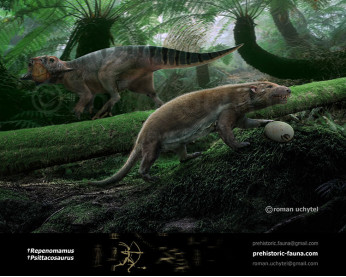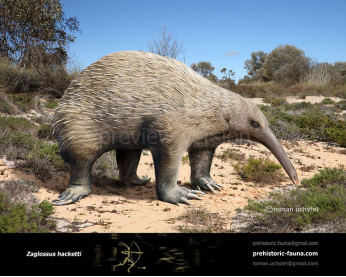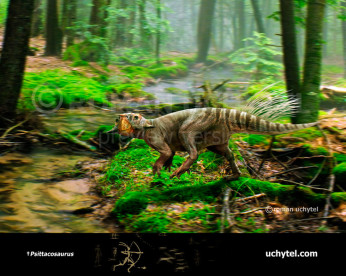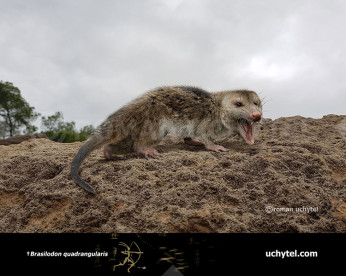Inostrancevia
417417Inostrancevia (†Inostrancevia alexandri (Amalitsky, 1922))
Order: Therapsida
Family: †Gorgonopsidae
Dimensions: total body lengths reaching up to 3.5 m and long, narrow skulls up to 60 cm long, weight ~250 kg
Temporal range: Wuchiapingian (Late Permian period), 260–254 Ma
A largest representative: Inostrancevia latifrons (Pravoslavlev, 1927)
Inostrancevia is an extinct genus of carnivorous therapsids, containing the largest members of the family Gorgonopsidae, predators characterized by long, saber-tooth-like canines. The various species inhabited northern Russia during the Upper Tatarian (Vyatskian), a Russian regional stage equivalent to the Wuchiapingian stage of the Late Permian period, dating from approximately 260 to 254 million years ago. It is known from several skulls and two almost-complete skeletons. The species in Inostrancevia were the largest gorgonopsids known; known individuals have total body lengths reaching up to 3.5 m and long, narrow skulls up to 60 cm long. Like several other gorgonopsids, Inostrancevia was characterized by strongly developed canine teeth, with those of the upper jaw up to 15 cm long, the root corresponding to half its length. Their bodies were slender, with rather short legs. Inostrancevia shared its habitat with Scutosaurus which it likely preyed upon.
Inostrancevia (†Inostrancevia alexandri (Amalitsky, 1922))
Order: Therapsida
Family: †Gorgonopsidae
Dimensions: total body lengths reaching up to 3.5 m and long, narrow skulls up to 60 cm long, weight ~250 kg
Temporal range: Wuchiapingian (Late Permian period), 260–254 Ma
A largest representative: Inostrancevia latifrons (Pravoslavlev, 1927)
Inostrancevia is an extinct genus of carnivorous therapsids, containing the largest members of the family Gorgonopsidae, predators characterized by long, saber-tooth-like canines. The various species inhabited northern Russia during the Upper Tatarian (Vyatskian), a Russian regional stage equivalent to the Wuchiapingian stage of the Late Permian period, dating from approximately 260 to 254 million years ago. It is known from several skulls and two almost-complete skeletons. The species in Inostrancevia were the largest gorgonopsids known; known individuals have total body lengths reaching up to 3.5 m and long, narrow skulls up to 60 cm long. Like several other gorgonopsids, Inostrancevia was characterized by strongly developed canine teeth, with those of the upper jaw up to 15 cm long, the root corresponding to half its length. Their bodies were slender, with rather short legs. Inostrancevia shared its habitat with Scutosaurus which it likely preyed upon.

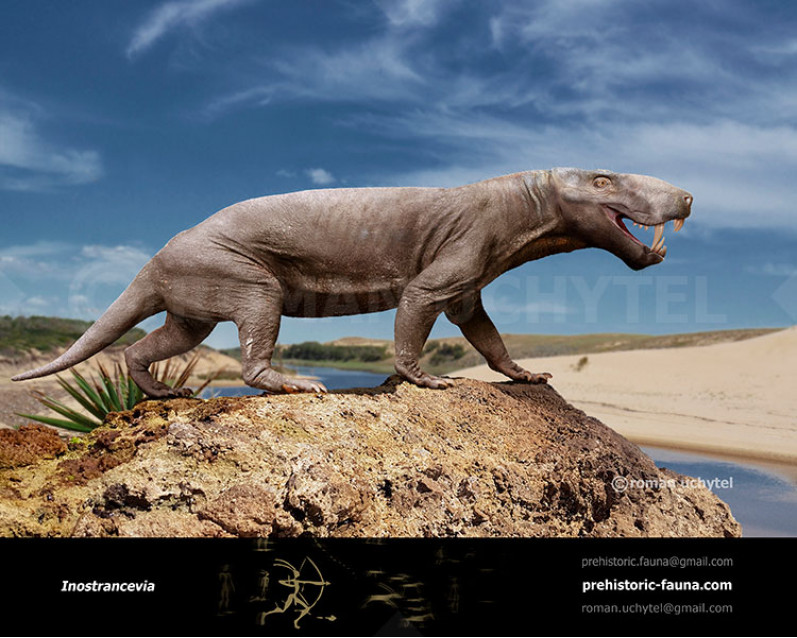
-2018a-797x638.jpg)
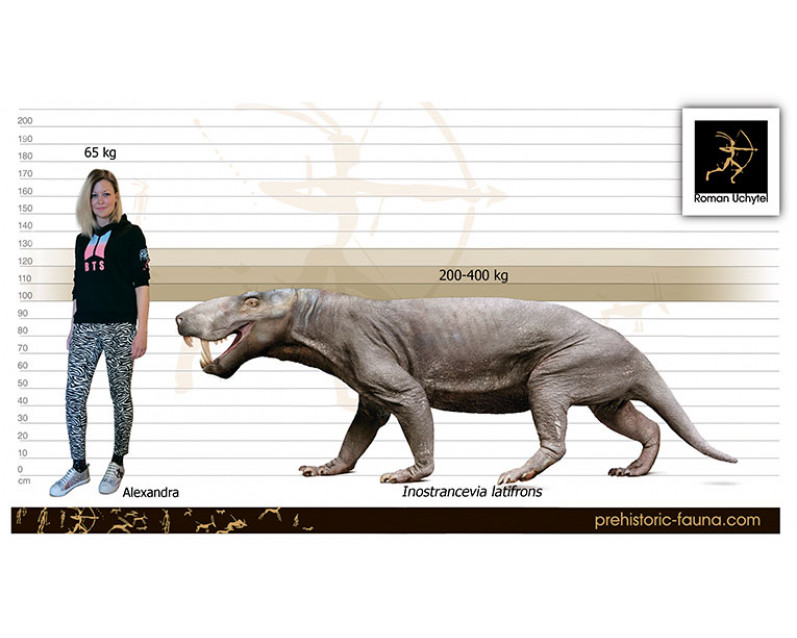

-2018a-70x56.jpg)

